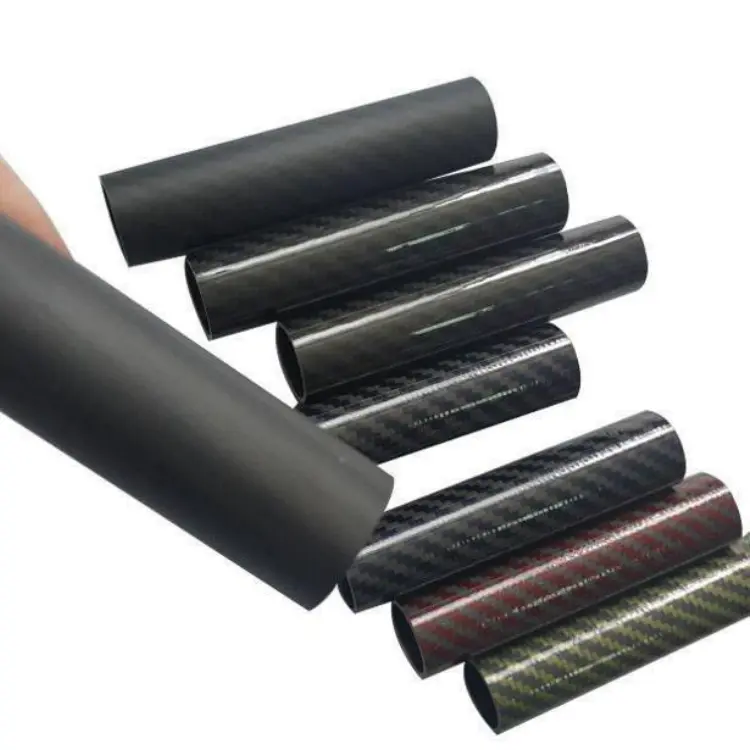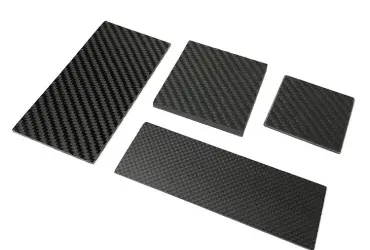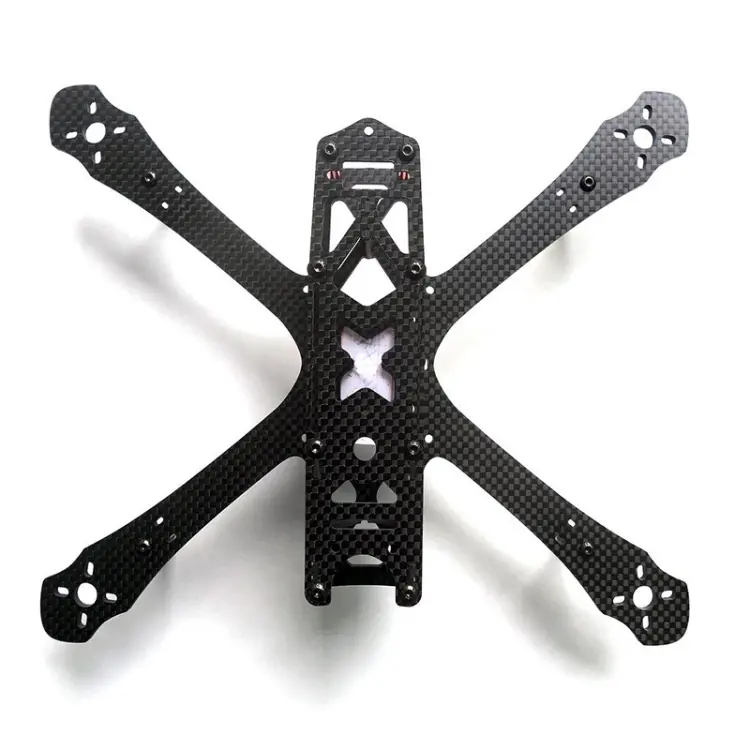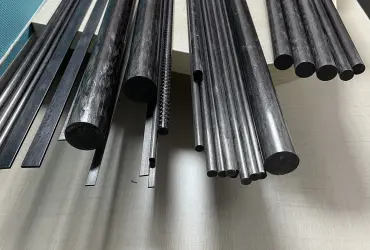From Carbon Fiber “Skeleton” to Micron-Level “Nerves” — Full-Stack Technology Breakdown
By: Aohong Carbon Fiber & Precision Motion Control Joint Lab
1. Project Overview
A leading 3C electronics customer required a six-axis robot with:
- Arm reach: 0.8 m
- Payload: 5 kg
- Repeatability: ≤ ±0.02 mm
- End-effector static jitter: ≤ 10 µm
- Temperature rise after 24 h of continuous operation: ≤ 8 °C
Traditional aluminum alloy joint housings showed 0.12 mm deformation under 5 kg payload and failed to meet these specs. We delivered a full-stack solution featuring:
- Carbon fiber joint housing
- Integrated crossed roller bearings
- 24-bit magnetic encoders
This approach passed final validation in one attempt.
2. Technical Breakdown
Carbon Fiber Joint Housing — Lightweight & Rigid
- Material: T800-grade 3K twill prepreg + UD reinforcement
- Layup: [(±45°/0°/90°)₂/0°₄]ₛ
- ±45°: Torsion resistance
- 0°: Main load-bearing
- 90°: Anti-Poisson cracking
- Results:
- Joint weight ↓ 52%
- Bending stiffness ↑ 3.1×
- Critical speed ↑ 40%
Micron-Level Geometric Accuracy
- Bore roundness: ≤ 3 µm (diamond turning)
- Monolithic integration: Bearing seat co-molded with housing, coaxiality ≤ 5 µm
- Bearing: Dual-row crossed roller with 2 µm preload, radial runout ≤ 1 µm

Low-Temperature-Rise Power Chain
- Graphene thermal pad (0.3 mm) between motor mount & housing → thermal resistance ↓ 35%
- Surface finish: Anodized + black coating, radiation coefficient ε ≈ 0.9
- 24 h test: Temperature rise = 6.4 °C (within target)
Ultra-High Resolution Feedback
- Sensor: 24-bit magnetic encoder + 1024 cpr subdivision = 0.34 arc-sec resolution
- Mounting: Encoder rotor is directly fixed onto the carbon fiber housing to eliminate thermal drift
- Control software: Adaptive feedforward + resonance suppression → residual jitter = 7 µm (RMS)
3. Key Manufacturing Processes
| Process | Control Highlights | Inline Inspection |
|---|---|---|
| Prepreg laser cutting | ±0.1 mm profile accuracy | 100% CCD vision check |
| Mandrel winding | Constant 60 °C, closed-loop 20 N tension | 100% laser thickness scan |
| Autoclave curing | 0.3 MPa bladder pressure, ±1 °C control | Thermocouple array |
| Precision machining | Diamond turning + ultrasonic cleaning | 100% CMM inspection |
Optimize Your Carbon Fiber Solution
Whether you need custom carbon fiber tubes, rods, sheets, precision CNC machining, or prepreg layup, our structural engineering team will craft the optimal solution balancing strength, weight, and cost.
4. Performance Comparison
| Metric | Aluminum Joint | Carbon Fiber Joint | Improvement |
|---|---|---|---|
| Joint Weight | 1.25 kg | 0.60 kg | ↓ 52% |
| Static Deflection (5 kg) | 0.12 mm | 0.038 mm | ↓ 68% |
| Repeatability | ±0.05 mm | ±0.018 mm | ↑ 2.8× |
| 24 h Temperature Rise | 14 °C | 6.4 °C | ↓ 54% |
| Critical Speed | 4500 rpm | 6300 rpm | ↑ 40% |
5. Scalable Applications
- 3C Precision Assembly: Screw tightening, component insertion, laser marking
- Medical Pipetting Systems: Sub-micron precision, contamination-free operation
- Semiconductor Wafer Handling: Vacuum chamber (10⁻³ Pa), temperature rise ≤ 5 °C
6. Delivery Options
- Complete Joint Module:
Carbon fiber housing + servo motor + encoder + harmonic drive - Custom Housing Only:
Drawing-based manufacturing, OD Φ40–150 mm, wall thickness 1.2–5 mm, tolerance class P1
7. Conclusion
From lightweight structural frames to micron-level sensory precision, carbon fiber robot joints enable higher accuracy and longer service life—using the same motor spec. A leap forward in industrial automation performance.
如需我为该文章撰写SEO标题和Meta描述,请告诉我,我可立即为您补充!





